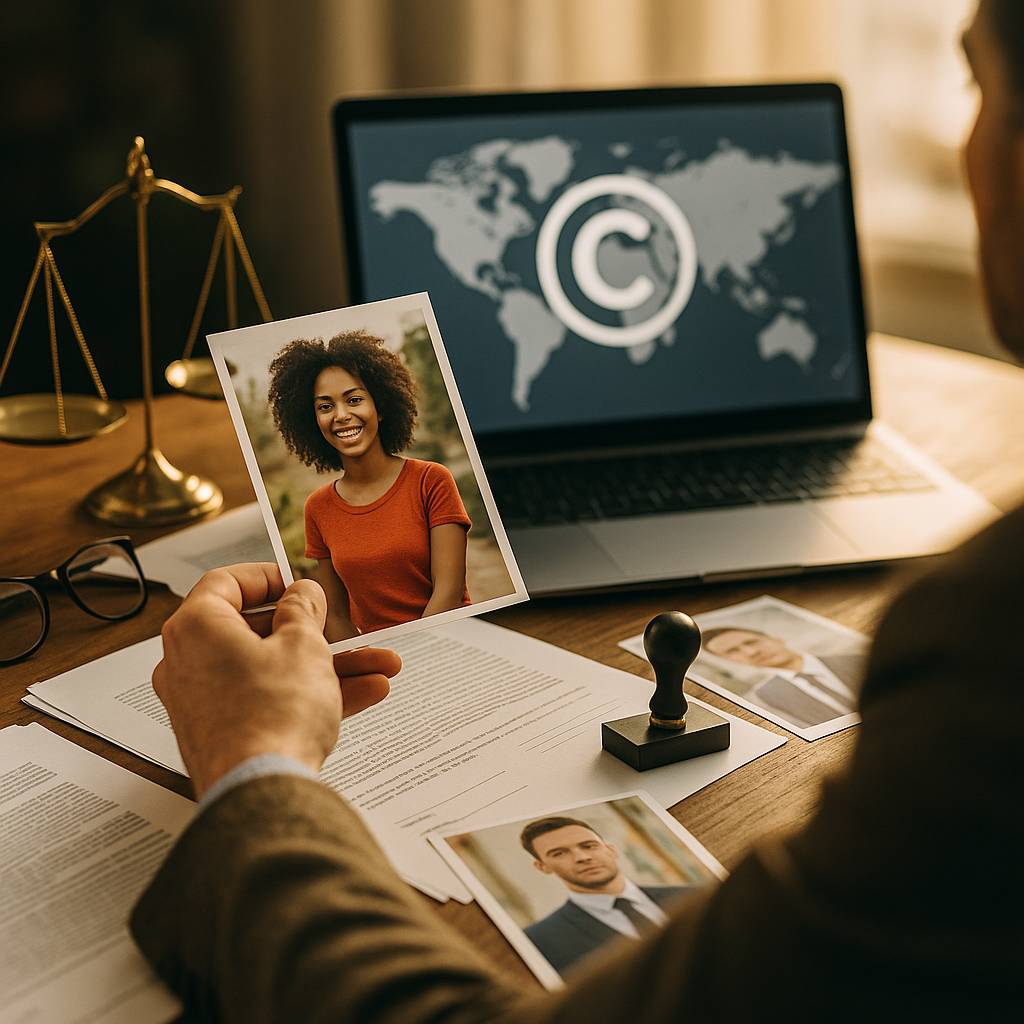Navigating the complexities of image rights in global campaigns is more important than ever, especially as businesses expand across borders. Understanding the nuances of image licensing, personality rights, and ever-evolving privacy laws is crucial for success. In this article, we unpack what makes “image rights” so intricate—and how to steer clear of costly missteps in international advertising.
Understanding Image Rights: The Foundation of Campaign Compliance
Image rights refer to the legal permissions required to use a person’s likeness, photo, or representation in media and marketing. These rights encompass personality rights, copyright, and, increasingly, obligations around data privacy. In the digital age, with social media and global streaming, image rights no longer stop at borders. Each territory frequently interprets these rights uniquely, so what’s permissible in one country may be unauthorized in another. This patchwork of regulations requires a vigilant rights-management strategy for multinational campaigns.
Global Image Licensing: Navigating Cross-Border Legal Differences
Global image licensing presents unique challenges because image rights are not uniformly recognized. In jurisdictions like the UK, image rights are tied to privacy and misrepresentation laws, not a statutory “image right.” Meanwhile, countries such as the USA offer broader protection via publicity rights. To mitigate risks:
- Conduct territory-specific legal reviews before campaign rollout.
- Secure explicit model releases for each intended market.
- Track and renew licenses in line with regional legal requirements.
Relying on a one-size-fits-all contract can backfire. The licensing agreement should clarify territory, duration, and media usage to prevent accidental infringement, especially as brands repurpose content for new audiences in 2025 and beyond.
Respecting Personality Rights: Celebrities and Influencers in International Campaigns
Personality rights—including the right of publicity—come into play when campaigns leverage celebrities, athletes, or influencers. These rights control commercial use of a person’s name, image, and likeness. Crucially, some jurisdictions extend posthumous rights, while others do not. Marketers must:
- Secure detailed consents that specify country and digital channels.
- Track and address any restrictions or exclusivity clauses.
- Consider the reputational risk of associating with high-profile figures whose image rights can be revoked or renegotiated.
For example, in 2025, influencer agreements should also account for generative AI, ensuring their image isn’t repurposed via deepfakes or automated avatars without additional approval—issues now routinely litigated worldwide.
Privacy Laws and Consent: The Role of GDPR and Global Data Regulations
Privacy laws are tightening everywhere—from the GDPR in the EU to newly updated frameworks in countries like Brazil, India, and Canada. Using an image is treated as the use of personal data. Key steps for campaign managers should include:
- Obtaining unequivocal, documented consent for every identifiable person depicted.
- Allowing subjects to revoke consent with clear and practical workflows.
- Ensuring compliance with child protection and sensitive data rules, especially for campaign images featuring minors or vulnerable groups.
Failing to secure robust consent can lead to hefty penalties, reputational damage, and forced take-downs—a reality underscored by several landmark rulings by EU data protection authorities in 2024 and 2025.
Staying Ahead: Image Rights Management and Digital Tools
The abundance of content channels—social media, mobile, print, streaming—makes rights management essential for safeguarding brand interests. New digital-rights management (DRM) solutions streamline:
- Tracking license terms and renewal dates across multiple territories.
- Flagging gaps in consent or expired clearances before campaigns launch.
- Automating compliance documentation for audits or regulator requests.
Innovative AI tools now help brands identify unauthorized use of images and can even track deepfake misuse, minimizing infringement risks. Partnering with expert counsel and integrating these tools into asset management platforms ensures both agility and compliance when running global campaigns in 2025.
Minimizing Legal Exposure: Best Practices for International Image Use
To minimize legal exposure and maximize impact, marketers should:
- Map out every territory your campaign will reach and pre-emptively align assets with local legal standards.
- Maintain a centralized image rights register accessible by all creative and legal teams.
- Stay updated on evolving laws related to biometrics, AI-generated content, and child safety.
Education is key: Regular training for staff and collaborators—as well as prompt consultations with international intellectual property experts—should be cornerstones of a robust image rights strategy, ensuring maximum campaign reach with minimal risk.
FAQs: Image Rights in Global Campaigns
-
What are image rights?
Image rights are the permissions needed to use a person’s likeness, photo, or representation in commercial media, governed by a mix of copyright, privacy, and personality rights laws. -
Why are international image rights so complex?
Laws differ significantly between countries; a license or consent valid in one jurisdiction may not be recognized elsewhere, leading to possible infringement. -
Can I use images with standard stock licenses in global campaigns?
Only if the license explicitly covers every target territory and use case. Always read the fine print and check for international clearance. -
How do privacy laws like GDPR apply to image rights?
GDPR treats personal images as personal data. You must have clear, informed consent and honor requests to withdraw that consent at any time. -
What happens if I breach image rights?
Potential consequences include fines, lawsuits, reputational harm, and forced withdrawal of marketing materials from all implicated jurisdictions.
Navigating the complexities of image rights in global campaigns requires vigilance, continuous education, and strategic investment in legal and technical safeguards. In 2025, those who prioritize compliance and proactive rights management will achieve global impact without stumbling into legal pitfalls.
